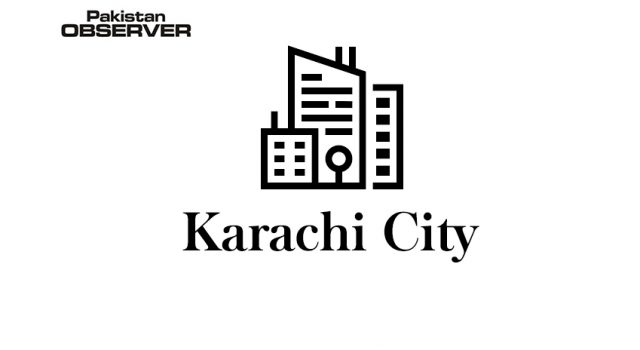Staff Reporter
It’s been five days since the ‘gas leak’ incident in Keamari and autopsy reports of the victims are yet to be available.
Fourteen people were killed, said a consolidated report released by the Sindh health department on February 18. The report also adds: “The specimens of patients were collected at Civil Hospital, Karachi and sent to Aga Khan Hospital and ICCB for further investigation and analytical study. Some reports may surface tonight and few reports after 72 hours. Moreover, few specimens were also sent to NIH Islamabad.”
At the time of filing this report, it had been 70 hours since the notification was sent and more than 96 hours since the incident. Nine of the 14 deaths were at Ziauddin Hospital, Keamari. The Ziauddin spokesperson told media that the hospital didn’t carry out the autopsies, the government did, and the results will be available to them only. He added that he’ll check if the hospital had received any reports.
Meanwhile, the cause of the leak still hasn’t been determined. Based on a report by the University of Karachi, the government declared soybean dust allergy to be behind the incident. Doctors at Ziauddin who treated the patients vehemently reject this theory, so does the federal Plant Protection Department.
A spokesperson for the Sindh Environmental Protection Agency said on Friday that there are no new developments from their end. The samples GEL labs sent were their final investigation, but the spokesperson said the level of those gases weren’t determined to be high enough to kill.
He added that Karachi University and the health department have declared soybean dust the cause of the incident. And SEPA cannot open another investigation unless some high level forum contradicts those findings.









